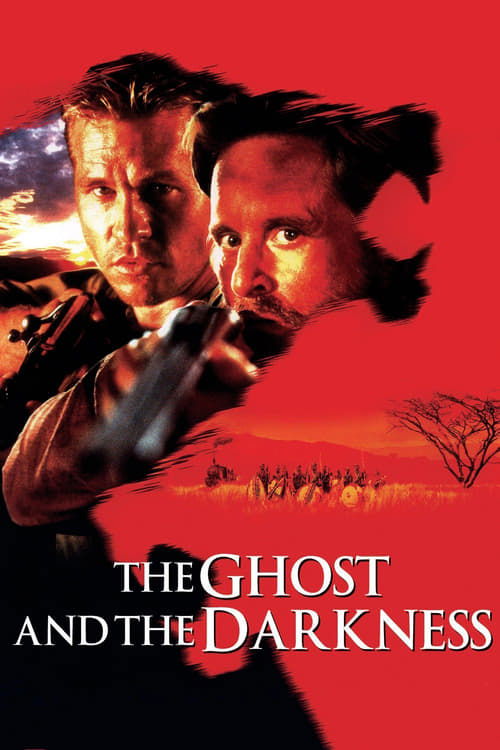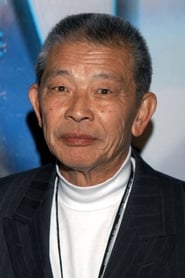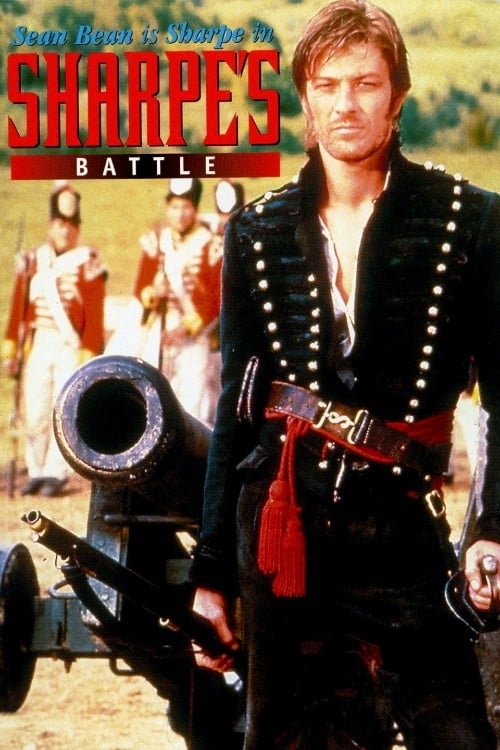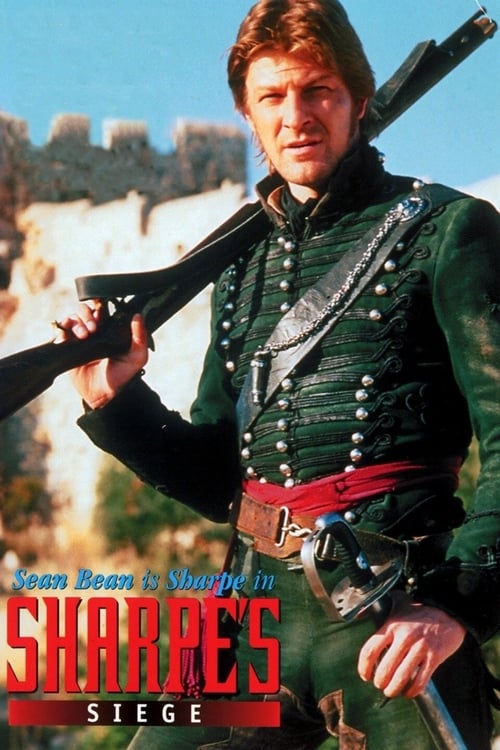
Ask Your Own Question
What is the plot?
As the sun rises over the Himalayas in 1939, Austrian mountaineer Heinrich Harrer prepares for an expedition to climb Nanga Parbat, one of the most formidable peaks in the range. His partner, Peter Aufschnaiter, joins him in this ambitious endeavor. However, their adventure is cut short by the outbreak of World War II. As Austrians, they are considered enemy aliens by the British, who control much of the region, and are arrested and imprisoned in a British POW camp in Dehradun, India.
In the camp, Harrer receives divorce papers from his wife, Ingrid Harrer, who has given birth to their son, a child he has never met. This news only adds to his growing sense of isolation and despair. The harsh conditions and confinement of the camp serve as a stark contrast to the freedom and adventure he once knew.
In 1944, Harrer and Aufschnaiter seize an opportunity to escape the camp. They embark on a perilous journey across the Himalayas, facing treacherous terrain and extreme weather conditions. Disguised as locals, they manage to cross into Tibet, a land shrouded in mystery and spirituality. Initially, they are met with suspicion, but their determination and resourcefulness eventually earn them the respect of the Tibetan people.
Upon reaching Lhasa, the capital city of Tibet, they are welcomed into the home of Kungo Tsarong, a Tibetan diplomat. It is here that Harrer meets the 14-year-old Dalai Lama, who is fascinated by the outside world and eager to learn from these strangers. The Dalai Lama, with his childlike curiosity and profound wisdom, forms an unlikely friendship with Harrer. As their bond deepens, Harrer begins to transform from an egocentric climber into a man of humility and compassion.
The Dalai Lama, intrigued by modern technology and geography, requests that Harrer build him a movie theater and teach him about the world beyond Tibet's borders. Harrer, who had initially been driven by his own ambitions, finds himself becoming a mentor and friend to the young spiritual leader. Meanwhile, Aufschnaiter falls in love with Pema Lhaki, a local tailor, and decides to marry her, integrating himself into Tibetan society.
As Harrer spends more time in Tibet, he becomes increasingly aware of the looming threat of China's invasion. The serene and peaceful world of Lhasa is on the brink of destruction. The Dalai Lama, with his innocent and profound questions about war and peace, challenges Harrer's past worldview and forces him to confront his own Nazi sympathies.
In 1950, the Chinese army invades Tibet, overwhelming its unprepared defenses. The film vividly depicts the brutal suppression of Tibetan culture and the slaughter of peaceful monks. The Dalai Lama is forced to make impossible decisions to ensure the safety of his people, and Harrer watches helplessly as the innocence of Tibet is lost under military oppression.
As the invasion intensifies, Harrer shares a deeply emotional farewell with the Dalai Lama. The young spiritual leader asks if Harrer will ever return, to which Harrer replies that their friendship will endure beyond distance and time. This poignant moment marks the end of an era for Harrer, who must now leave behind the place and people that have transformed him.
Harrer returns to Austria, where he reunites with his now-teenage son. Initially, the boy is distant, still grappling with the years of absence and abandonment. However, Harrer gifts him a music box given by the Dalai Lama, a symbol of reconciliation and love. This gesture begins to heal the wounds of the past, and Harrer's son slowly begins to accept him.
The film concludes with Harrer and his son embarking on a mountaineering expedition together, signifying a new beginning and Harrer's spiritual transformation. As they climb, the camera pans out, capturing the breathtaking beauty of the mountains, a testament to the enduring power of nature and human connection. This final scene is a poignant reminder of Harrer's journey from a self-centered climber to a man of wisdom and empathy, forever changed by his years in Tibet.
What is the ending?
In the ending of "Seven Years in Tibet," Heinrich Harrer, after spending years in Tibet and forming a deep bond with the young Dalai Lama, must leave as the Chinese invasion of Tibet begins. He bids farewell to the Dalai Lama, who is now a young leader facing the challenges of his country. Harrer reflects on his transformation and the lessons he has learned during his time in Tibet.
As Heinrich Harrer prepares to leave, he shares a poignant farewell with the Dalai Lama, who expresses his sadness at the departure of his friend. Harrer, now changed by his experiences, understands the importance of compassion and the value of the Tibetan culture he has come to love. The film concludes with Harrer walking away, looking back one last time at the young Dalai Lama, who stands resolute, embodying hope for the future of Tibet.
As the film approaches its conclusion, the atmosphere in Lhasa is charged with tension. The once serene landscape is now overshadowed by the looming threat of the Chinese invasion. Heinrich Harrer, played by Brad Pitt, has undergone a profound transformation during his time in Tibet. He has evolved from a self-centered mountaineer into a man who understands the deeper values of life, largely influenced by his friendship with the young Dalai Lama, portrayed by Jamyang Jamtsho Wangchuk.
In the final scenes, Harrer is seen preparing to leave Tibet. The sun casts a warm glow over the mountains, a stark contrast to the turmoil that is about to engulf the region. He walks through the familiar streets of Lhasa, reflecting on the beauty of the land and the people he has come to cherish. Each step is heavy with the weight of his impending departure, and he is filled with a mix of sadness and gratitude.
As he approaches the Dalai Lama's residence, the young leader is waiting for him. The Dalai Lama, now a young man, has grown into his role as a spiritual leader, yet he retains the innocence and warmth that Harrer has come to admire. Their reunion is filled with unspoken emotions; both men understand the significance of this moment. The Dalai Lama expresses his sorrow at Harrer's departure, and Harrer, in turn, acknowledges the profound impact the Dalai Lama has had on his life.
In a heartfelt exchange, the Dalai Lama shares his hopes for the future of Tibet, despite the dark clouds gathering on the horizon. Harrer, now embodying the lessons of compassion and humility he learned during his time in Tibet, reassures the Dalai Lama that he will carry the spirit of Tibet with him wherever he goes. This moment encapsulates the bond they have formed, transcending the barriers of culture and circumstance.
As they part, Harrer looks back one last time, taking in the sight of the Dalai Lama standing strong and resolute. The young leader symbolizes hope and resilience, even in the face of adversity. Harrer walks away, his heart heavy yet filled with a sense of purpose. He has learned that true strength lies not in physical prowess but in the ability to connect with others and embrace their struggles.
The film concludes with a poignant reminder of the fragility of peace and the enduring spirit of friendship. Harrer's journey has come full circle; he leaves Tibet not just as a mountaineer but as a man transformed by love, loss, and the wisdom of a young leader who will face the challenges ahead with courage. The fate of the Dalai Lama remains uncertain, but his spirit shines brightly, a beacon of hope for the future of Tibet.
Is there a post-credit scene?
The movie "Seven Years in Tibet," produced in 1997, does not have a post-credit scene. The film concludes with the final scenes depicting Heinrich Harrer's departure from Tibet and his reflections on the profound changes he experienced during his time there. The credits roll without any additional scenes or content following them. The focus remains on the emotional and spiritual journey of Harrer, emphasizing his transformation and the impact of his relationship with the young Dalai Lama.
What motivates Heinrich Harrer to travel to Tibet?
Heinrich Harrer, played by Brad Pitt, is initially motivated by his desire for adventure and fame as a mountaineer. He seeks to conquer Nanga Parbat, a challenging peak in the Himalayas, and escape the constraints of his life in Austria, especially as World War II looms.
How does Heinrich's relationship with the Dalai Lama develop throughout the film?
Heinrich's relationship with the young Dalai Lama, portrayed by Jamyang Jamtsho Wangchuk, evolves from initial curiosity to a deep bond. Heinrich becomes a mentor and friend to the Dalai Lama, sharing knowledge of the outside world while also learning about Tibetan culture and spirituality, which profoundly impacts his character.
What challenges does Heinrich face while living in Tibet?
Heinrich faces numerous challenges, including cultural barriers, the harsh Tibetan environment, and the political tensions surrounding the Chinese invasion of Tibet. He struggles with his own prejudices and the guilt of his past actions, which force him to confront his identity and values.
How does the film depict the impact of the Chinese invasion on Tibet?
The film portrays the Chinese invasion as a devastating force that disrupts the peaceful life in Tibet. Scenes depict the destruction of monasteries, the arrest of Tibetan leaders, and the fear among the people, highlighting the cultural and spiritual loss experienced by the Tibetans.
What role does the character of Peter Aufschnaiter play in Heinrich's journey?
Peter Aufschnaiter, played by David Thewlis, serves as Heinrich's companion and moral compass. He represents a more introspective and compassionate approach to life in Tibet, often challenging Heinrich's selfish tendencies and encouraging him to embrace the Tibetan way of life, which ultimately influences Heinrich's transformation.
Is this family friendly?
"Seven Years in Tibet," while a visually stunning film with themes of friendship and personal growth, does contain some elements that may be considered objectionable or upsetting for children or sensitive viewers. Here are a few aspects to consider:
-
War and Violence: The film opens with scenes depicting the harsh realities of World War II, including the chaos of battle and the impact of war on individuals, which may be distressing.
-
Death and Suffering: There are moments that portray the suffering of people, particularly in the context of war and the impact it has on the Tibetan people, which could be emotionally heavy.
-
Cultural Conflict: The film addresses themes of cultural misunderstanding and conflict, which may be complex for younger viewers to grasp fully.
-
Emotional Turmoil: The protagonist, Heinrich Harrer, experiences significant personal struggles, including feelings of isolation and guilt, which may resonate deeply and evoke strong emotions.
-
Religious Themes: The film explores Tibetan Buddhism and includes scenes that depict spiritual practices, which may be unfamiliar or confusing to some viewers.
-
Mature Themes: There are underlying themes of redemption, personal transformation, and the consequences of one's actions that may require a more mature understanding.
Overall, while the film carries a powerful message about friendship and understanding, parents may want to consider these elements when deciding if it is appropriate for younger audiences.



































